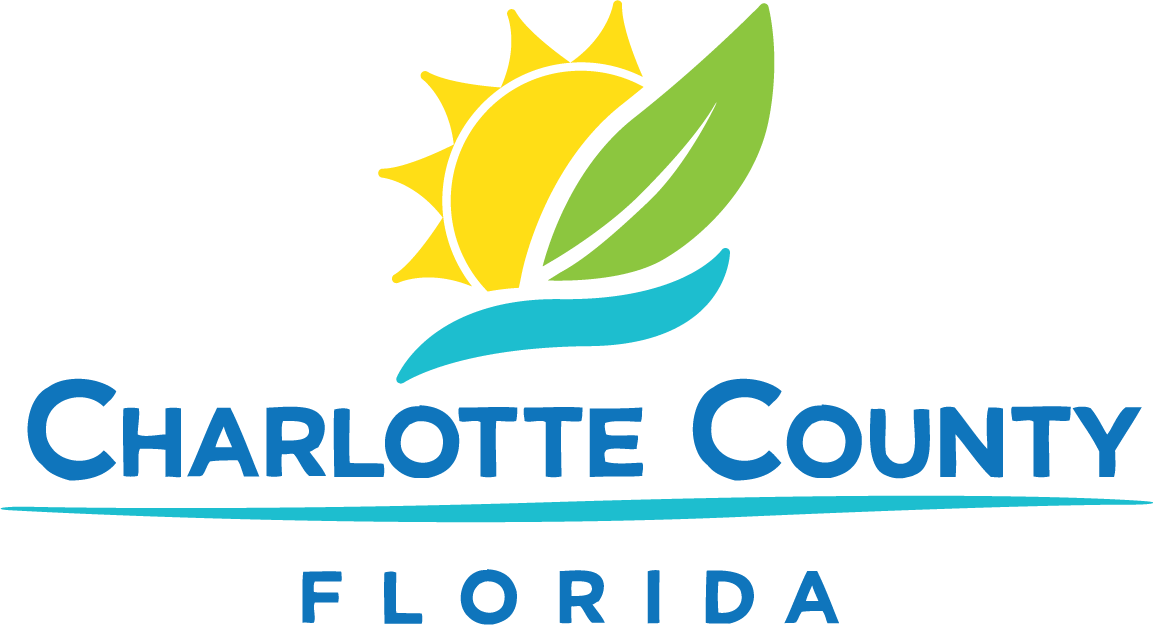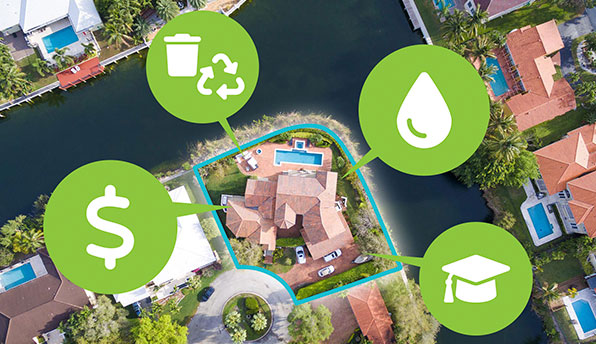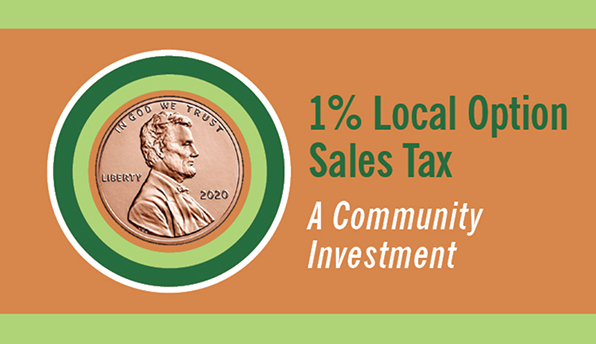About the Conservation Charlotte Program
On November 7, 2006, Charlotte County citizens voted to tax themselves for the purchase of environmentally sensitive lands. They approved a referendum authorizing the County to issue up to $77 million in bonds to purchase environmentally sensitive lands. The bonds are paid for by a .20 mil ad valorem tax, equal to about 20 cents on every $1,000 of tax assessed land value. The tax will be levied annually for 20 years until 2027. All funds raised by these bonds will be used to buy and manage environmental lands and open space. These lands will be held in preservation for public use.
Buying Environmentally Sensitive Lands
As the rate of growth continues to increase, many of the county’s most precious places are disappearing. As our population continues to grow, so will the need for more roads, police, fire, emergency medical, libraries, drainage systems, drinking water and all the other infrastructure needed to support large populations. Protecting environmentally sensitive lands balances the impacts of future growth while buffering sensitive areas from encroachment. Environmentally sensitive lands perform free services for us, including: flood control, filtering our water resources, recharging our aquifer, cleaning our air, and providing open spaces and recreational opportunities. Without protecting environmental lands these services cost much more. Preserving our special places allows us to avoid future infrastructure costs, and helps to keep Charlotte County unique and beautiful.
Acquiring Land
Under this program, anyone can nominate a site for acquisition. However, this is a willing seller program, which means it can only purchase property from people who want to sell their land.
Purchasing through the Conservation Charlotte Program
The program is committed to buying land distributed throughout Charlotte County. Many areas in the county have been identified by scientists as critical to the sustenance of the region’s ecology. The Southwest Florida Coastal Conservation Corridor (SWFCCC) project, (partnership of environmental and governmental organizations) and the Charlotte Harbor National Estuary Program Restoration Plan have identified potential conservation lands throughout the county. ELAAC (Environmental Lands Acquisition Advisory Council) has also identified possible conservation lands. We will use the recommendations from these three groups, and focus on the most ecologically important areas in the county. Further, anyone can nominate a site for acquisition. However, all sites must meet a set of strict criteria adopted by the County Commission.
Lands acquired will include wetlands, rare or high-quality uplands, wildlife corridors (lands that link existing preserves), and other lands that provide habitat for rare or endangered species. These lands protect our local native wildlife including the Florida panther, bald eagle, Florida black bear and manatee. Lands acquired will help buffer our vital coastal areas such as Charlotte Harbor, the Peace River, Lemon Bay and Shell Creek.
Lands that get Purchased
Under this program, anyone can nominate a site for acquisition. However, this is a willing seller program. If a landowner is not willing to participate, their land will not the included in the program. Sites are reviewed using science-based criteria by biologists from the Natural Resources Division. The biologists provide their biological evaluations to an Environmentally Sensitive Lands Oversight Committee. The oversight committee is mandated to review proposed properties and recommend specific properties to the County Commission for protection. The Board of County Commissioners has the ultimate authority to decide if a certain property is purchased.
Role of an Environmentally Sensitive Lands Oversight Committee
The Environmentally Sensitive Lands Oversight Committee was established by the Environmentally Sensitive Lands Acquisition Ordinance: 2006-077.
- Confirm that nominated lands meet the scientific criteria
- Recommend specific properties to the Board of County Commissioners for protection
- Make recommendations regarding management and public use of each property
Members of the Oversight Committee
The Oversight Committee is comprised of seven members who are residents and electors of Charlotte County.
- 2 members with expertise in business, real estate or land development
- 3 members with expertise relating to environment or in one of the natural sciences
- 2 members representing civic, charitable or homeowners groups or recreational users of lands or other community interests.
Criteria Used to Determine Which Properties are Preserved
- Rarity: rarity of natural community types, such as pine flatwoods, hammocks or scrub; rarity of species, including rare and endangered species such as the Florida panther or Red-cockaded woodpecker; uniqueness of the sites special features
- Connectivity: proximity to other protected lands to create green corridors
- Quality: ecological quality; diversity of species; ecological integrity
- Water Resources: important to maintaining water quality in either a natural water course, groundwater recharge area or estuarine environment
- Manageability: potential for long-term viability and public enjoyment of lands
Procedure for Protecting Land
- Site is nominated.
- The Natural Resources staff conducts a site evaluation. (Photos, provide flood zones, soils, habitat assessments, maps and an evaluation report). Evaluation is based on the five selected criteria to determine eligibility.
- Natural Resources Division provides to Oversight Committee the following information: flood, soils, habitat, public lands, etc., maps and a one-page evaluation, including listed species, zoning, density, owner interest, etc.
- The Oversight Committee then discusses the site and recommends whether it meets the criteria and should be included in the program.
- A county agent/contractor determines if property owner is a “willing seller”.
- Natural Resources Division staff revises site pool to include only lands with willing sellers: this is the proposed Protection List. Oversight committee will review for approval.
- Natural Resources Division staff will prepare work plan for committee and BCC and approval. Work plans must be approved by oversight committee and BCC. All sites with work plans approved by BCC comprise the Protection List.
- BCC approval: site is on acquisition list.
- Negotiations commence.
- After a contract is negotiated, the BCC must approve each contract.
Eligibility to Receive Funding From Other Sources and Matching Funds Availability
Charlotte County has a successful history in partnering with other programs to buy environmental lands. Creating our own fund for conservation has enabled us to receive matching grants from other governmental agencies. State and Federal government programs require a local match (often 50%) if a project is to be funded. The Conservation Charlotte program will partner with other land conservation programs to purchase lands. Sharing costs with partners allows the Conservation Charlotte Program to purchase more lands than it could by acting alone.
Managing the Lands Bought Through the Program
Charlotte County Natural Resources Division is responsible for the management of lands. Fifteen percent of the monies collected are set aside for land management purposes. Land management includes conducting controlled burns, restoration, exotic removal, installation of fencing, trail development, interpretive signage, and basic maintenance.
Public Access to These Sites
Yes. The sites will be open to the public to enjoy. Examples of recreational opportunities that will be available are hiking, kayaking, fishing and bird watching.
Longevity of the Program
The program last 20 years and will end in 2027. The investment in Conservation Charlotte will last for all future generations.
Conservation Charlotte Contact
If you have any questions about the Conservation Charlotte Program please call Charlotte County Natural Resources Division at 941.613.3220.






